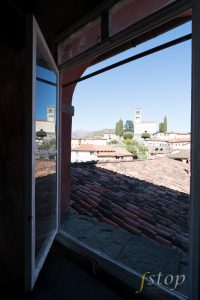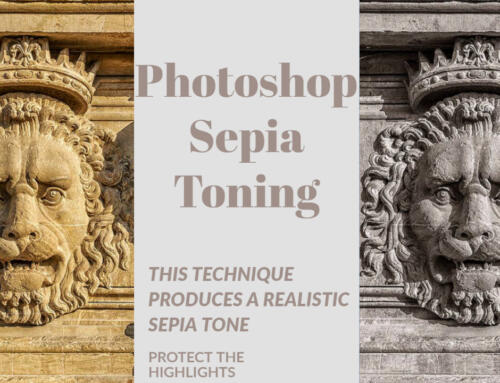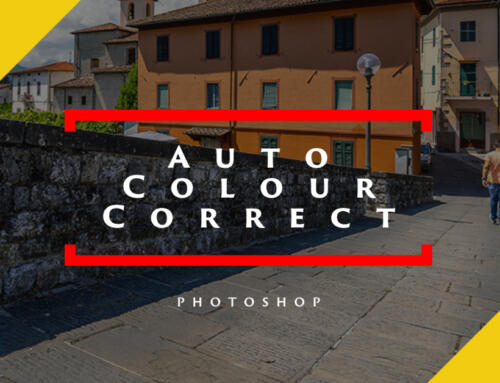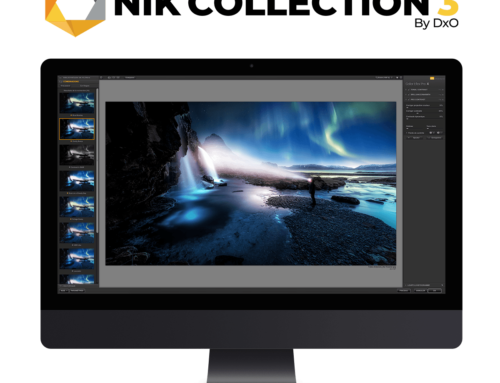It may seem odd to ask “Is HDR photography dead”. Odd because some people may not know what HDR photography is and odd because a lot of photographers may not even care.
Firstly, the acronym HDR stands for High Dynamic Range. The dynamic range of an image is the range between the brightest and darkest areas in the image. If a scene has both very bright and very dark areas, it is said to have a high dynamic range. These high dynamic range scenes are almost impossible for current cameras to capture, even the very newest and best of cameras. But, and this is the point of this article, the newest camera sensors are getting close.
I’m sure we have all taken a photograph of a high contrast scene, imagining that the photograph will present the scene in all it’s brilliance, exactly as we remembered it. However, as soon as you get the image onto your computer and look at it, it’s flat, boring and a lot of the shadow detail or highlight detail is missing. If the image was exposed for the brightest parts of the scene, the shadows will be too dark to see any of the detail and if the image was exposed for the darkest parts of the scene, the highlights will be pure white and lacking detail. This problem exists because our eyes can see a far greater dynamic range than any camera.
This image demonstrates the difficulty of photographing scenes with high dynamic range. It is extremely tricky to photograph this scene and have both the highlights and the shadows correctly exposed at the same time. So the problem arises of how do you capture this scene in such a way that it reflects what our eyes saw at the time? The answer is HDR Photography. Or at least, it used to be up until now.
What Is HDR Photography?
The basis of HDR Photography is to take three, or more, shots of the same scene but at different exposures; one under-exposed, one over-exposed and one with a balanced exposure. Then, using your computer, you would blend the exposures together using a dedicated HDR software application. A few of the main applications for HDR Photography include:
- Aurora HDR (Mac only)
- Photomatix Pro
- Easy HDR
- HDR Efex Pro
- Photoshop
- Lightroom
This approach does work and has been very successful for me over the years, once I got to grips with the software. One of the main criticisms of HDR Photography is that it can produce some really funky results. Some of the final images it produces can look unreal and have a cartoon appearance. Now, if you like this look then great – but I don’t. I like a photograph to look like… well, a photograph. Additionally, merging several images together will always increase the level of noise in the resulting image.
I have used most of the software packages listed above and found Photomatix Pro gave me the funkiest results. I did get good results from HDR Efex Pro and lately, I’ve gotten good results from the new Merge to HDR feature in Lightroom.
Another downside to this approach is having to take all these extra exposures. Yes, I know that memory cards and computer memory are becoming cheaper but, at the same time, camera sensors are getting bigger. Only a few years ago, I can remember being amazed that cameras had 12-megapixel sensors. Now I have a camera with a sensor that boasts over 40 megapixels and I can assure you it fills memory cards like a newborn baby fills nappies. So taking three shots of every single scene with high dynamic range is not practical. And, now I no longer need to.
HDR Photography Is Dead
I believe that HDR Photography is dead! If it’s not dead, then it is not far from it. It’s family and friends are sitting at its bedside uttering comforting words while reassuring themselves that there’s a lot of fight in the old boy yet. I don’t agree. HDR Photography is dead and here’s why.
The image above shows a scene with high dynamic range and the two images below show the same scene. One of the images has been processed using HDR software and one has been processed in Lightroom only.
The HDR image was made from three shots that were bracketed by 2 stops exposure; one shot 2 stops underexposed and one shot 2 stops overexposed. The other image was a single RAW image processed in Lightroom only. Not Lightroom’s Merge to HDR feature, it was simply processed using the normal Lightroom sliders. There are no local adjustments in either image.
You can see that both images are very similar in exposure. How is this possible? It is made possible by the new sensors that are present in the most modern of cameras. These new sensors have such a huge dynamic range that, provided you shoot in RAW, negate the need for you to take multiple exposures that will later be processed using dedicated HDR software. Also, there is no funky HDR cartoon look to the final image and the noise is not increased.
Just for fun, have a look at the two images and comment below as to which is the HDR and which is a single image developed in Lightroom.
Conclusion
Progress can not be stopped and continues to move regardless of who’s on board.
Over the past 15 years, digital cameras have progressed at a staggering pace with ever-increasing pixel counts and now recently manufacturers of sensors are boasting about the dynamic range capabilities of their cameras. If fact, these digital sensors have so much dynamic range, that I have to ask – is HDR photography dead?
I believe it is.









It’s not dead
Just has to be done right
Maybe John. I have never liked the cartoon like HDR images and I think a lot of people squeeze the effect too much. I always tried to produce an HDR image that didn’t look like an HDR image and this is where I believe the new sensors come in. The dynamic range allows so much latitude that I’m finding I can get to the same place with and without HDR.
absolutely right could not agree more 😀
Well I use snapseed in my photos
I’ve not tried snapseed but I did like HDR Efex Pro by Nik (now Google). The software is now free if you want to give it a go too.
Awesome
All my pictures are with HDR
What do think about them?
John,
Thanks again for your comment. I cannot seem to view any of your images except your profile ones. There are two recent ones of an orange car and if these are HDR, then they’re done to my taste. As I said, I like HDRs that are not overcooked; it should never look like an HDR.